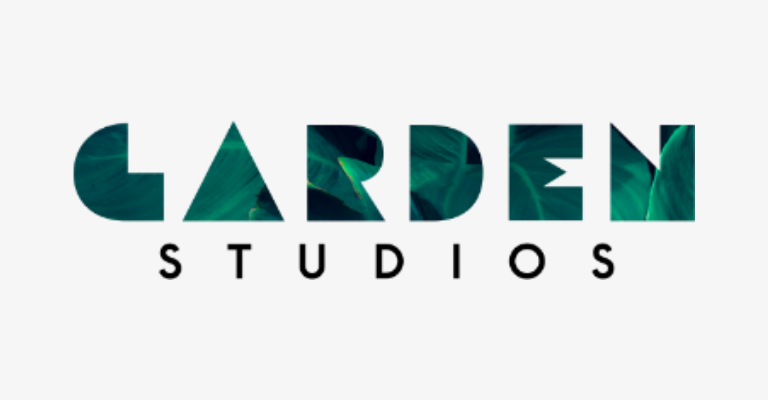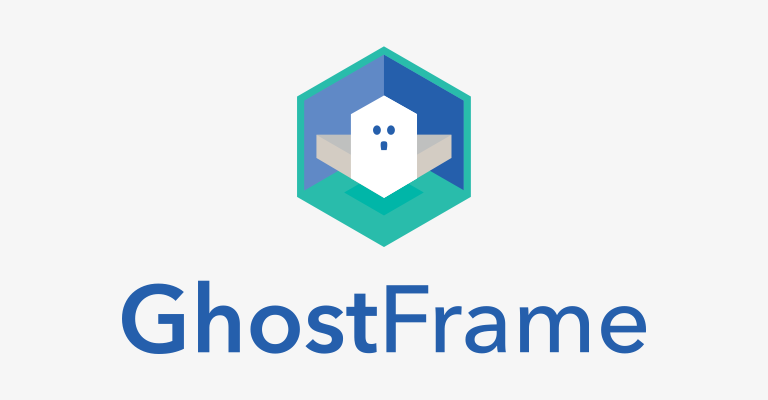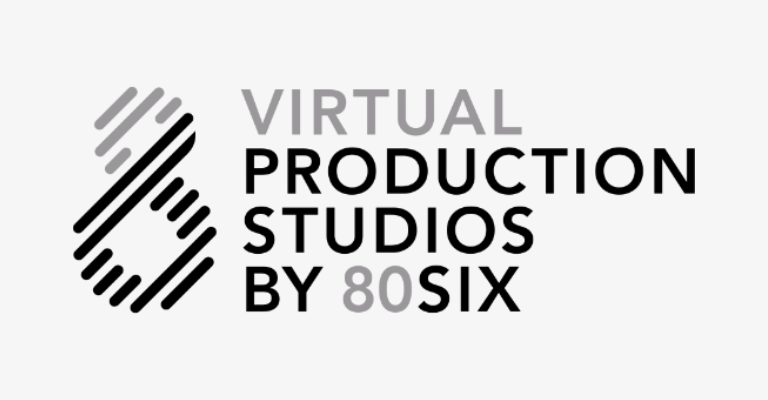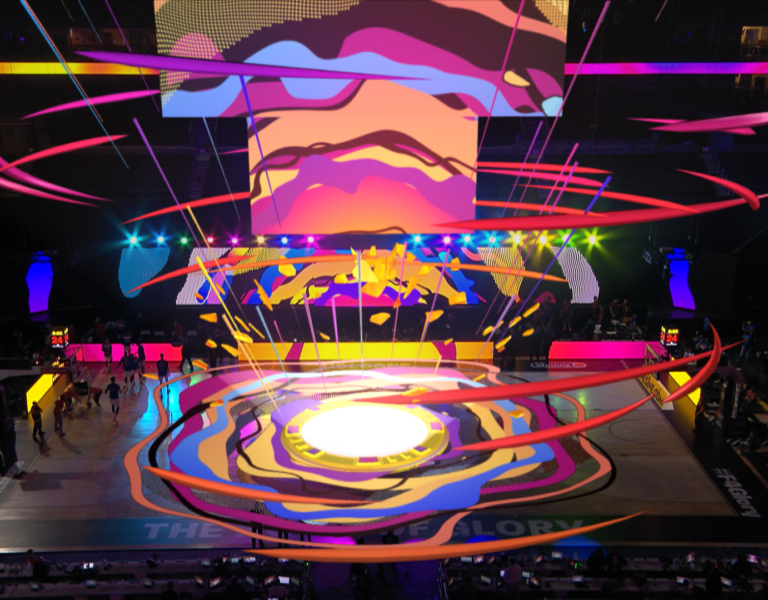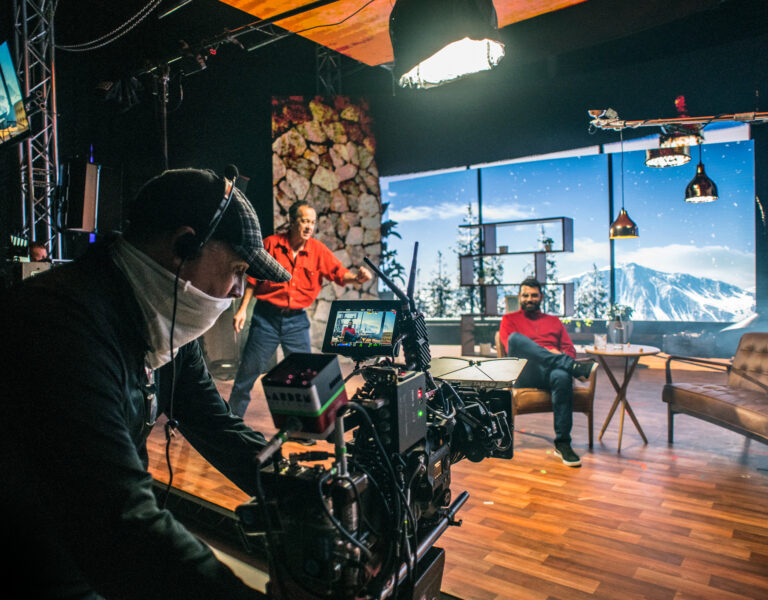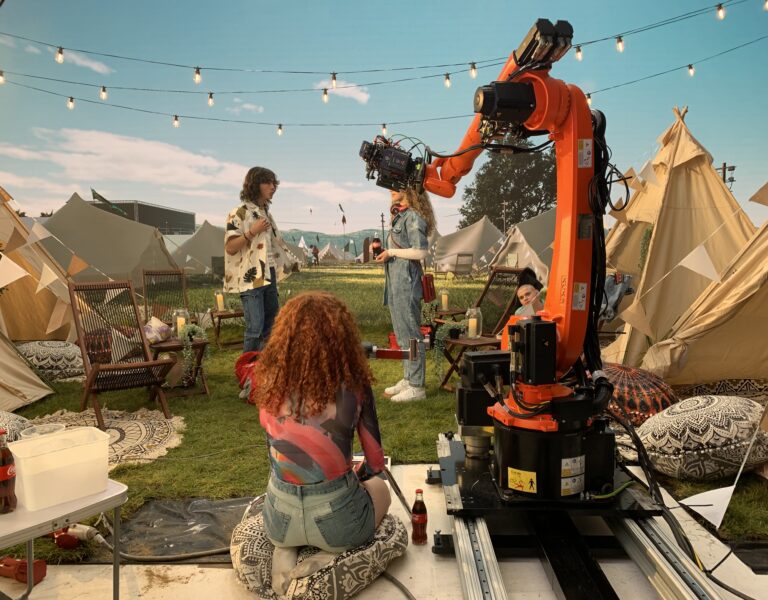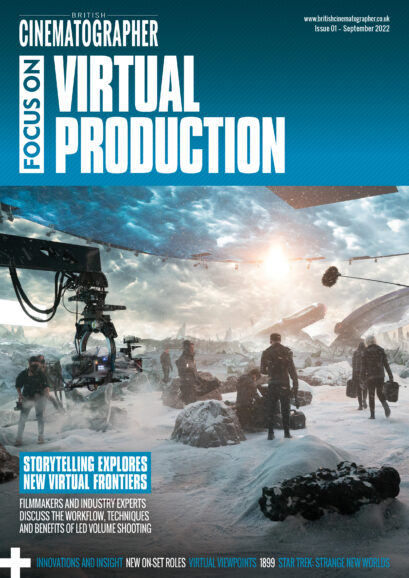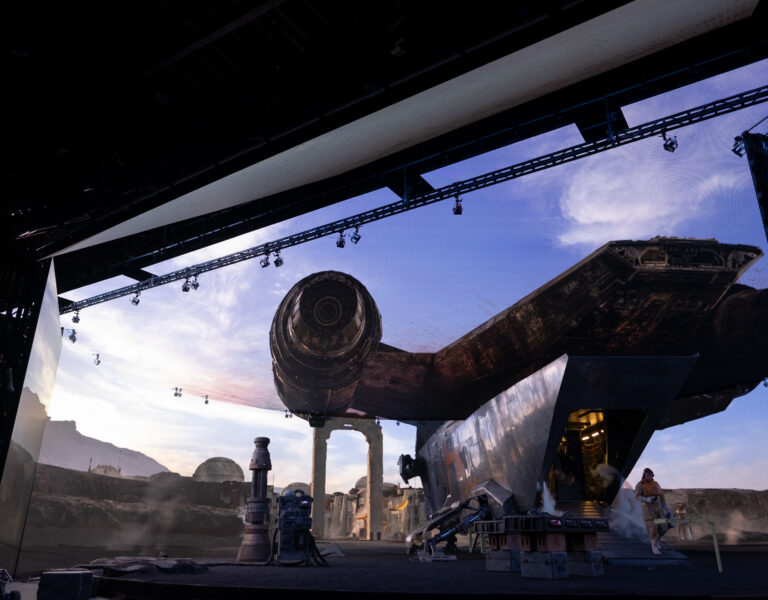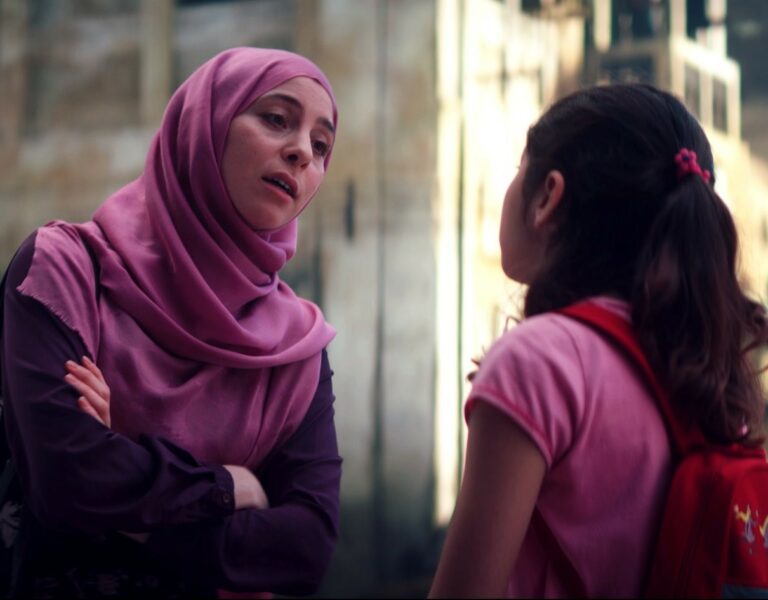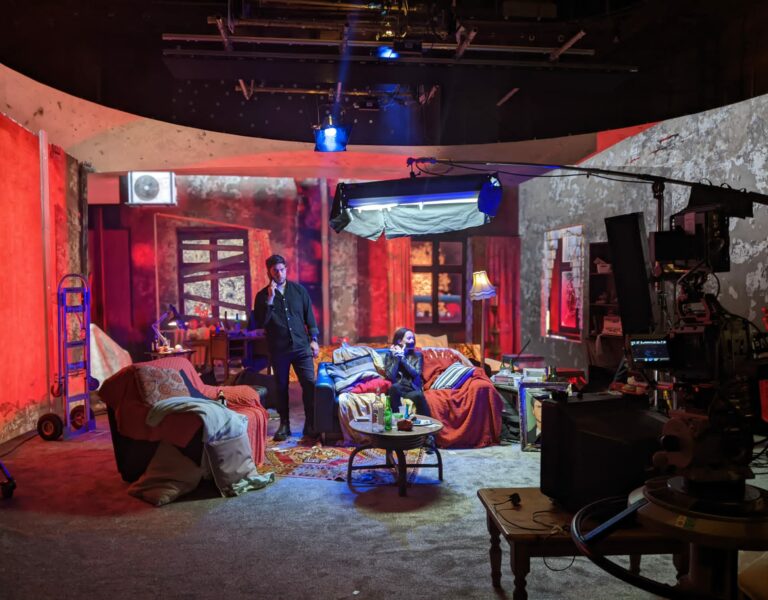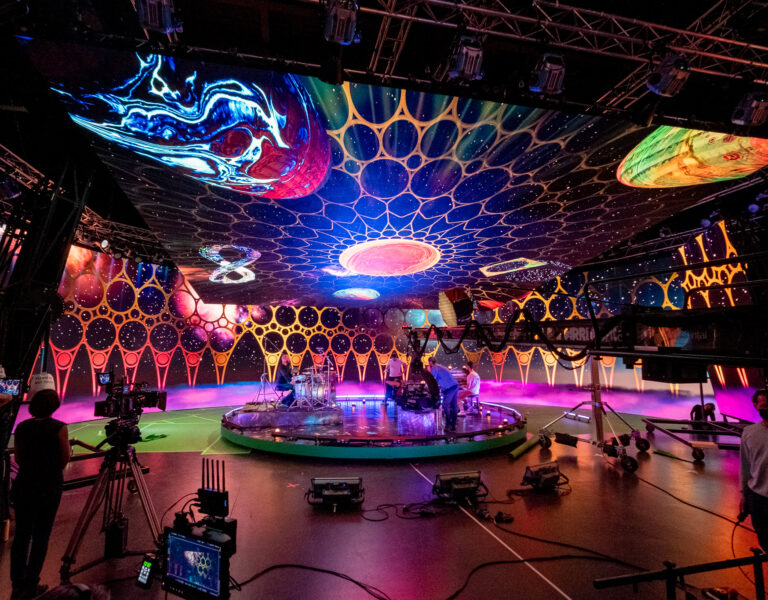INTO THE UNKNOWN
As the virtual production era dawned, cinematographer Magdalena Górka ASC PSC led the charge with the technology on the ambitious set of Star Trek: Strange New Worlds.
When Magdalena Górka ASC PSC joined Star Trek: Strange New Worlds in August 2020, virtual production was still in its infancy.
“The only thing I knew about how The Mandalorian was shot was a five-minute YouTube video and it’s not like we could go to ILM and ask them for advice,” she says. (The Paramount show being a direct competitor to Disney.)
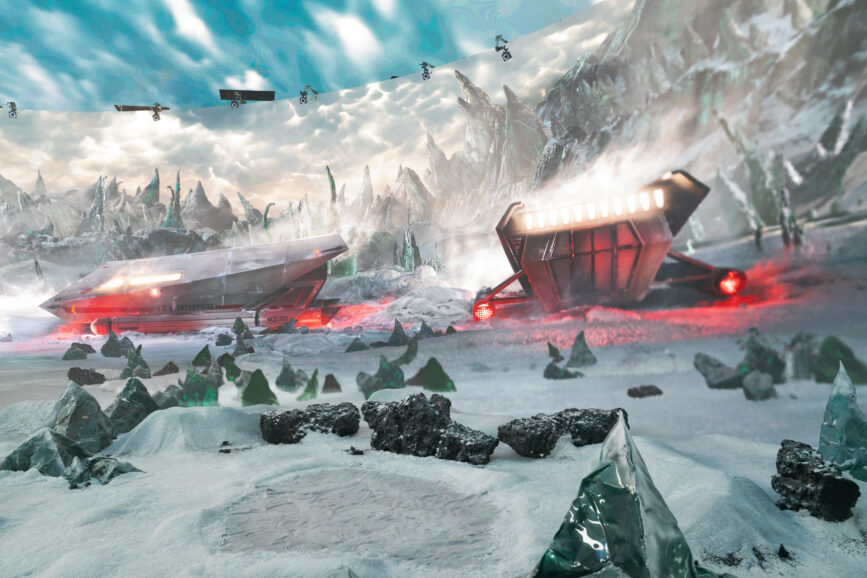
The only person who could advise her was Greig Fraser ASC ACS. “The size of the volume is overwhelming, and my main question was how to light it. Greig was my base for learning the ins and outs. He said that whatever you design with the production designer in the volume should serve you as the DP, but it was only when I stood in the wall and began to play with it that I understood what he meant.”
A spin-off from Star Trek: Discovery and a prequel to Star Trek: The Original Series, the 10-episode first season follows Captain Christopher Pike and the crew of the USS Enterprise. Górka and Glen Keenan shot five episodes each in Toronto on physical stages and on a 270-degree, 21×9.1m horseshoe-shaped LED volume utilising various ROE Visual LED products and nicknamed the ‘Holodeck’.
The Enterprise itself, including the bridge, sick bay, and corridors, were physical sets. Scenes shot in the volume included the ship’s mess, the engine room, and all interplanetary excursions.
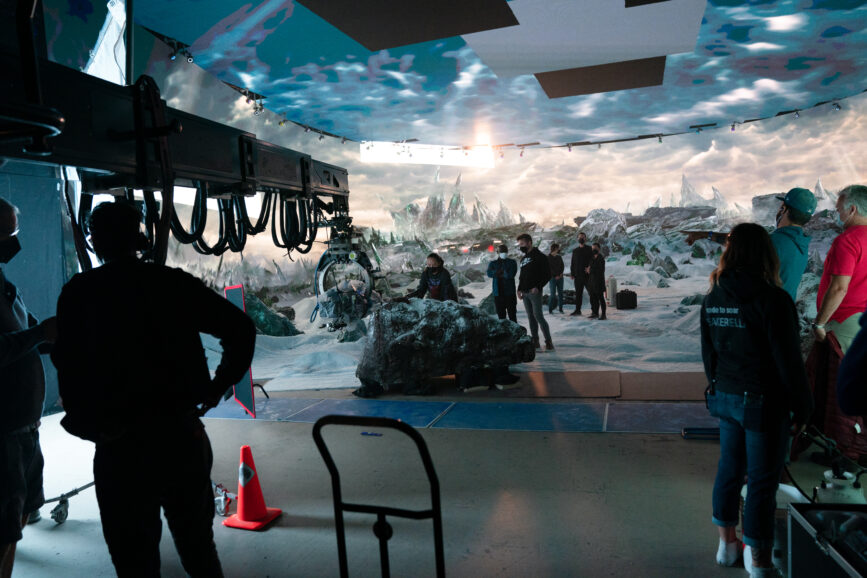
Building each of the virtual assets took three months, during which Górka and Keenan worked with production designer Jonathan Lee. “At the beginning the virtual set was just shades of cubes in the game engine. We’d share ideas about lights and colour, and this would be iterated every week. It would be impossible to shoot if it weren’t designed to this level of detail. We had to know the scene and how to light it in advance because lights had to be built into the physical set.”
She worked with VFX supervisor Alexander Wood and Paolo Tamburrino, executive VFX producer at Pixomondo (“our AR wall producer”).
“When you have a hard sun or moon illuminating an actor, where do you physically place that source on set? We learned that you didn’t. We designed the volume to not have a hard light, otherwise you’d have to open up the volume and that destroys all the projection.”
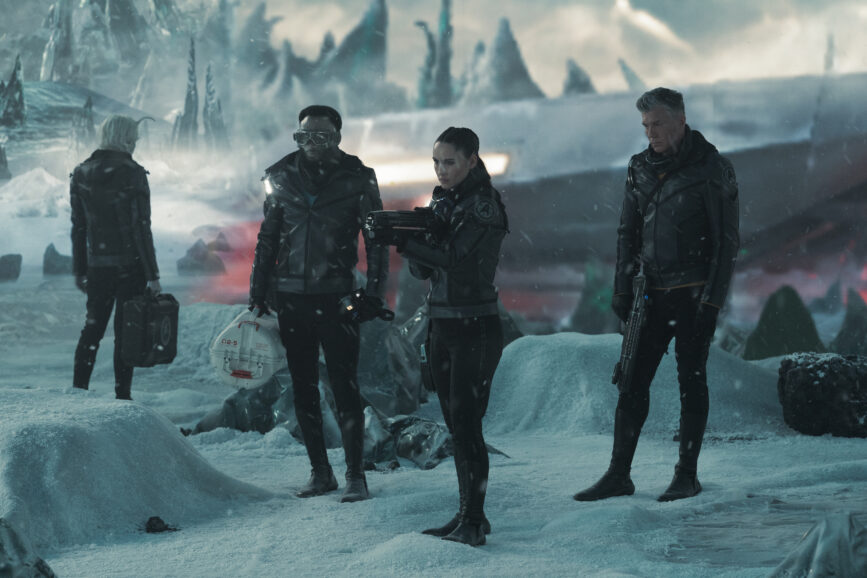
The engine room was a particularly complex set, too expensive to construct for real and therefore ideal for VP.
“We started from a belief that you can do literally anything you want in virtual production and designed this crazy set that was in honesty a nightmare.
“It combined a very complex virtual design using 250 virtual lights with a huge physical set containing another 60 light sources (LED strips and monitors, SkyPanels and Astera Titan Tubes). Balancing all of these with the wall colour and intensity was extremely complicated. Too complicated and taking far too long to balance from every angle.”
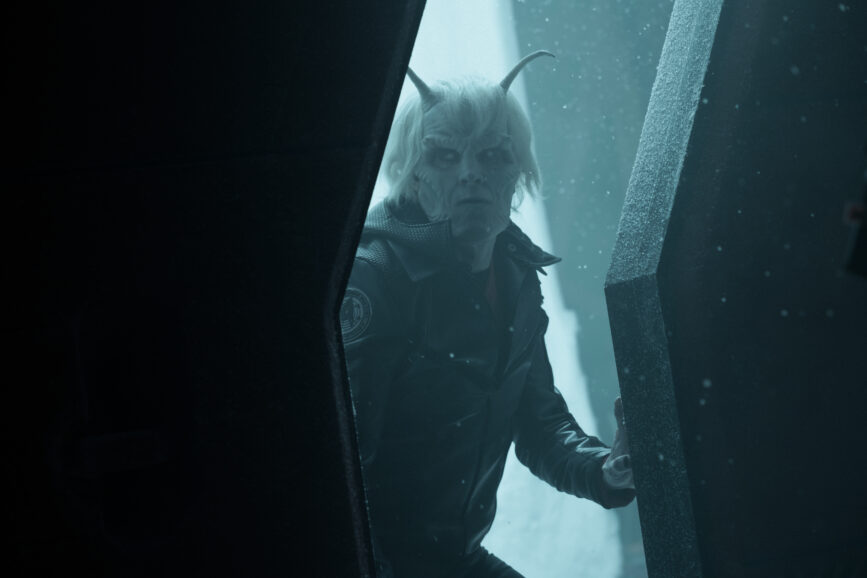
They learned from that experience and made successive sets simpler by design and far easier to light.
“Do not build extremely complicated assets,” Górka advises. “Too many physical lights will delay you. Simplicity is the key and actually simplicity works best.
“You can change camera angle but there’s not much flexibility. You have to stay in quite simple coverage. You can’t do fast moves because the tracking doesn’t move fast enough. Your aim is to blend the physical assets with the wall and that’s why you generally don’t deviate from the original plan because, in our case, every single change took 30 minutes.”
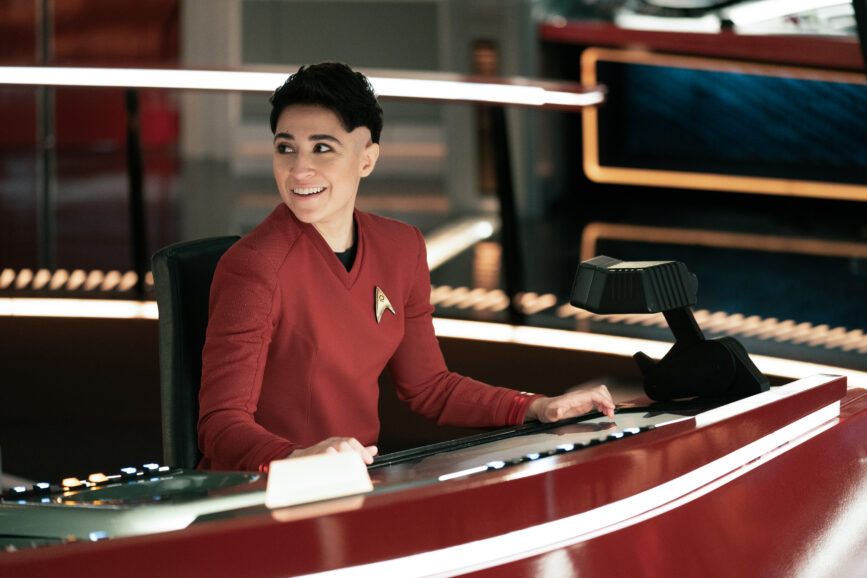
Another key lesson is curiosity. She says, “When we got bored with our camera movements we started to really push the tech, to advance movements, including motion control. The limitations are in animation. Much as I’d like to have a waterfall with butterflies flying through it, we can’t – yet (due to the game engine’s rendering speed). I’m looking forward to the day when your imagination is the limit and when we can start shooting really fast and instinctively.”
Star Trek: Strange New Worlds, the full box set, is available now on Paramount+ UK.
–
Words by Adrian Pennington




